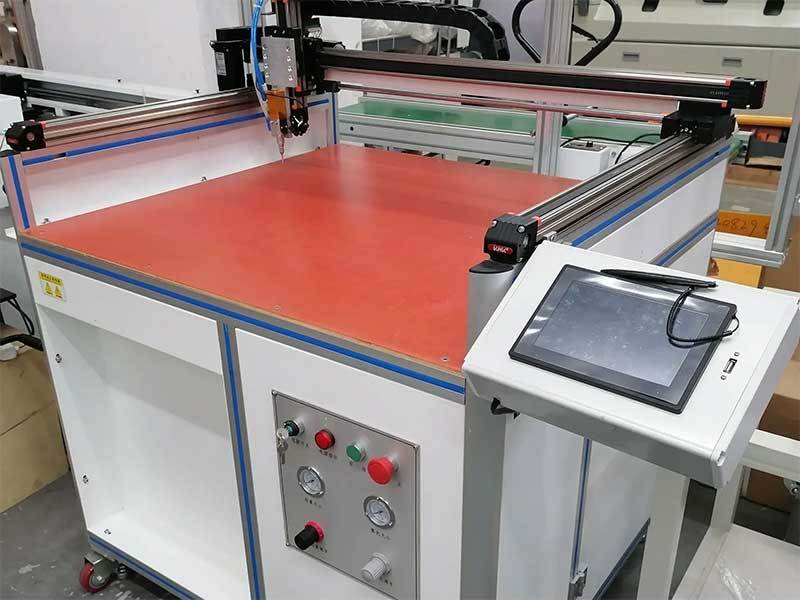
What is an automatic assembly line?
2021-09-15
Automatic assembly line is a mechatronics system developed on the basis of assembly line. It combines multiple assembly machines by using mechanical technology, computer technology, sensing technology, driving technology and other technologies, and then uses the automatic conveying system to assemble the assembly line. Machine to machine connection. It not only requires various processing equipment to automatically complete each process, but also requires automatic loading and unloading, positioning and clamping of workpieces, transportation of workpieces between processes, and even packaging.
The combination of automatic assembly lines has two forms: rigid and loose. If the part or attached fixture is sent directly from one assembly machine to another via a conveyor belt, it is a rigid assembly, but rigid assembly should be avoided as far as possible. Loose combination requires the interconnection between transportation systems, and the transportation systems should have certain flexibility and proper buffer effect between assembly machines. Automatic assembly lines must be assembled as closely as possible. Therefore, when a single machine fails, the whole production line can be spared.
What are the requirements for automated assembly of transportation systems?
The automatic assembly line has two basic requirements for its conveying system:
① The product or component can be aligned during transportation.
② The transportation system has a certain buffer.
For larger components, multi-layer buffering can be used when the length of the conveyor belt cannot reach the required buffer capacity. In order to improve the utilization rate of the assembly line, it is necessary not only to buffer the tray loaded with parts on the conveyor belt, but also to buffer the empty tray on the conveyor belt in return movement, so as to ensure as soon as possible. The second assembly machine failed, and the first assembly machine did not stop due to the lack of empty tray.
3. Integration of automatic assembly line and manual assembly point
Manual assembly points are often added to automatic assembly lines because of the design or positioning of parts. These parts cannot be automatically arranged and delivered, and must be manually operated; Or the assembly operation is very complex, and it is not economical to use automation, so manual assembly points with different structures must be set.
1) Manual assembly points for supplied parts
Manual setting and manual feeding increase the reliability of the assembly line. But for the assembly machine with cycle time less than 5s, it is difficult for workers to adapt to such rhythm. In order to obtain limited flexibility from the fixed cycle, it is necessary to install suitable equipment in front of the automatic station.
2) Manual assembly workstation
Assembly operations such as bonded parts or highly curved parts are difficult, and if they cannot be completed within the cycle time of the automated station, they must be completed manually outside the assembly machine. The required manual assembly points are most suitable and are in the transport system connecting the assembly machine.



